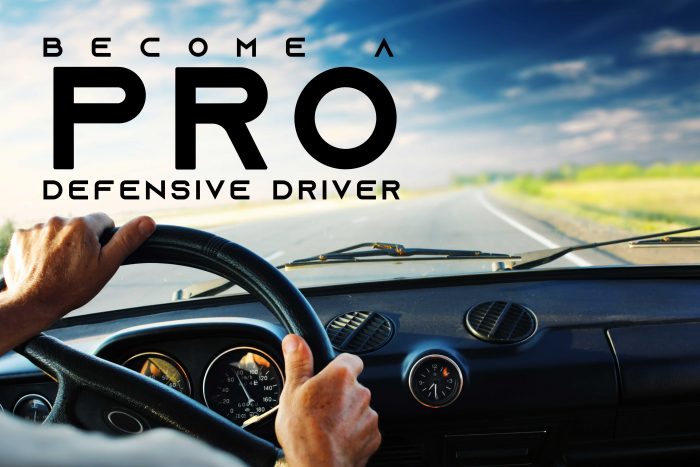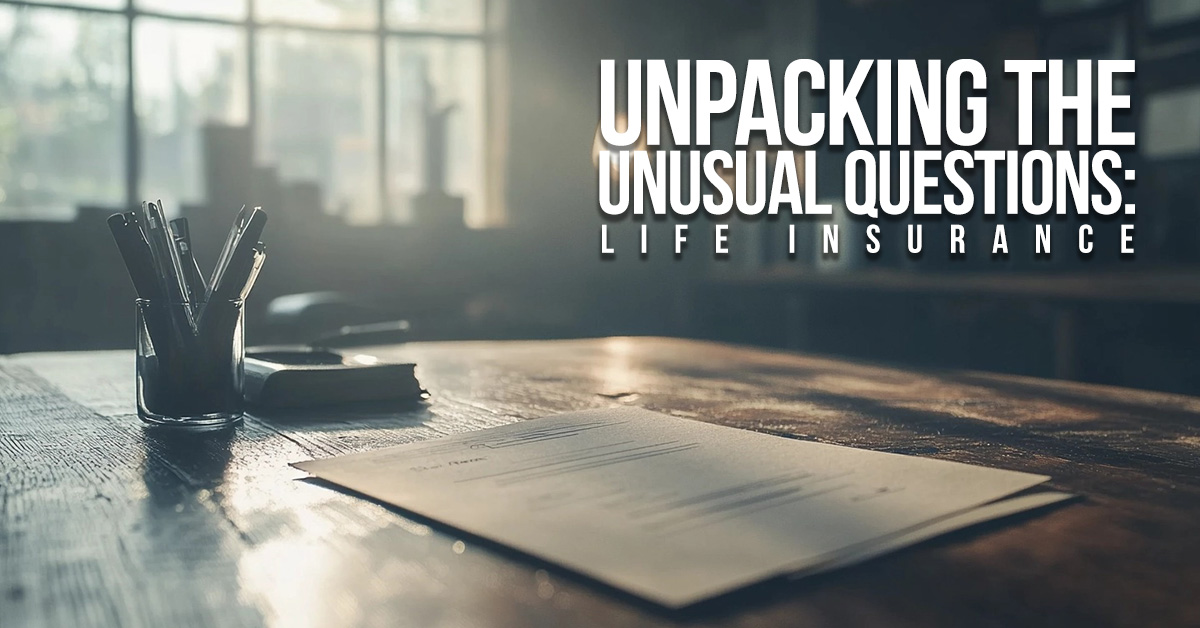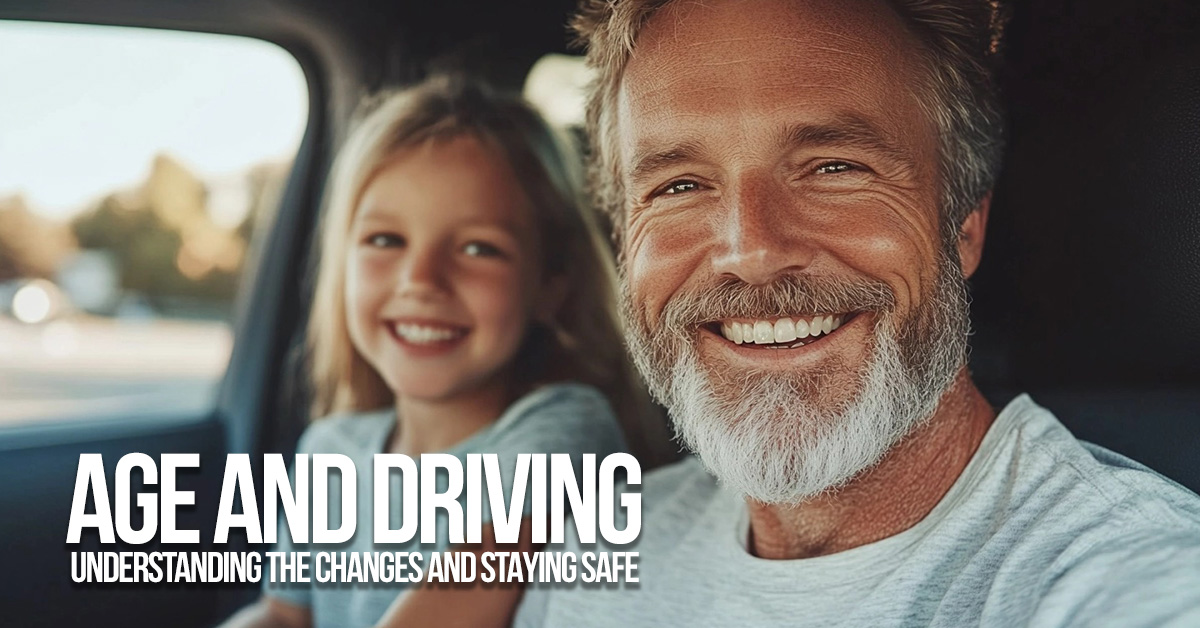
Become a Pro Defensive Driver
If driving were a sport, you’d want to play on the defensive team to protect yourself from offensive drivers. In this case, offensive would mean aggressive! Taking your driver’s license test doesn’t prepare you for the driver who suddenly cuts you off, causing you to brake. The test doesn’t prepare you for road rage and reckless drivers. Driving is a very serious task, and it should be treated as such. Although you can’t control the actions of other drivers, you are in control of the way you respond while on the road.
Using defensive driving techniques, you can increase your safety. Defensive driving is taking the basic driving procedures to another level, utilizing these methods to anticipate and prevent dangerous situations.
What is the key to defensive driving? The key is to raise your awareness of your surroundings and the other drivers within close proximity. This can be done in multiple ways.
- Use the features of your vehicle to your benefit! Adjust your mirrors properly. Check your rear-view when a vehicle is approaching from behind. Always check your blind spots before changing lanes. If you see a vehicle approaching quickly, forget it! Avoid changing lanes in front of a driver who is speeding to pass. This is a great example of being a defensive driver: choosing not to merge when a driver is approaching too quickly protects you and your vehicle. You never know if the driver will slow down in time to avoid a collision!
- Double-check your blind spots by turning your head over your shoulder, quickly and while using caution.
- Always use your turn signals. This helps to increase awareness of surrounding drivers, and it’s almost the only way to communicate on the road! After activating your turn signal, gauge the reaction of the other drivers to make sure they are aware of you.
- Scanning your surroundings effectively raises your awareness of potential situations, giving you time to react defensively. For example, watching brake lights in front of you tells you when it’s necessary to brake.
- Know the road conditions and drive accordingly. Environmental hazards require extra precautions. Take it slow and leave plenty of space between you and the other cars nearby.
Defensive driving is beneficial to you in more ways than one:
- Taking these extra precautions increases your safety as well as the safety of your passengers.
- Being cautious can decrease the chance of a car accident, protecting your vehicle from damages.
- By using additional safe-driving methods, accidents are less likely–without accidents on your record, your insurance rates can be lower!
There are classes available within each state that can teach you more about defensive driving strategies. Pro Tip: Some insurance companies may offer you a discount for having additional driving classes on your record!









